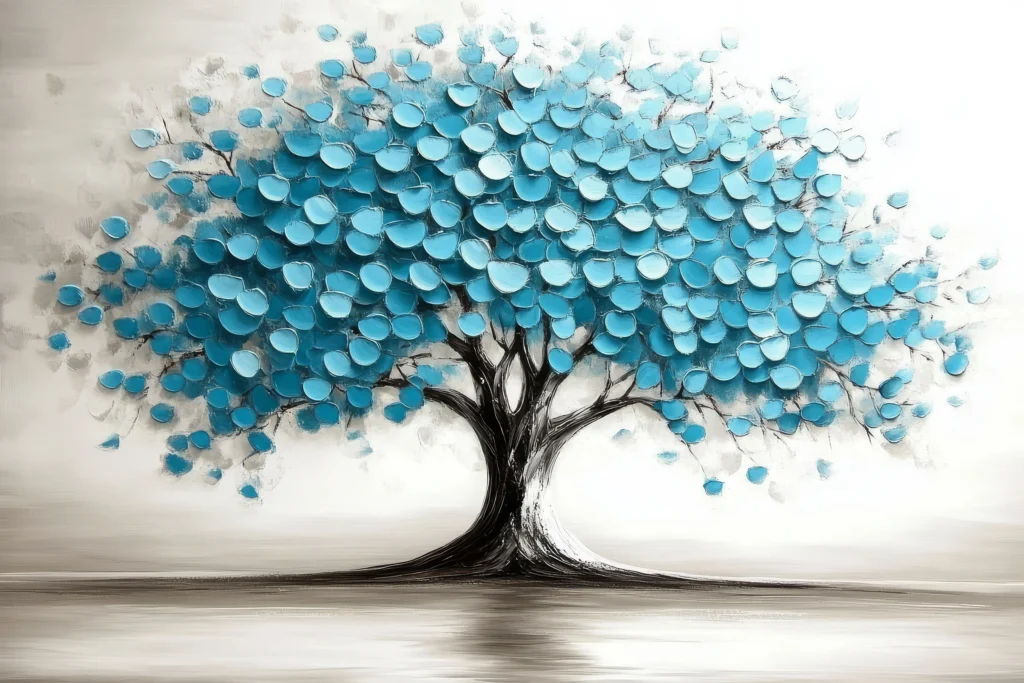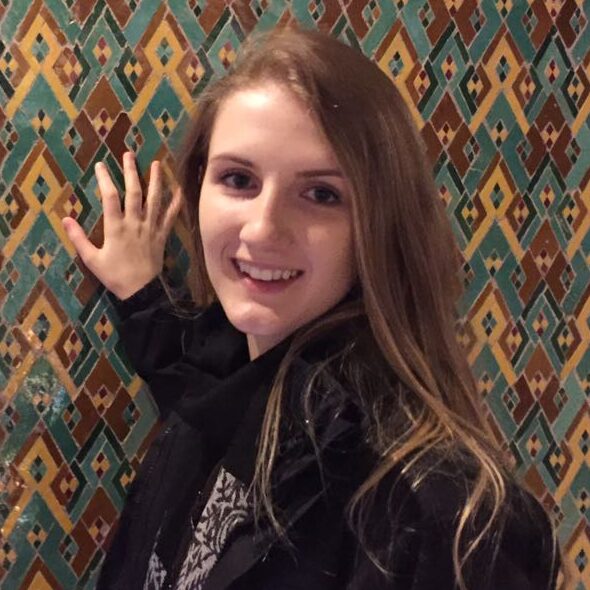First Strokes of Your Painted Family Tree
Illustrated Genealogy is the art of transforming family stories, names, and dates into a true visual masterpiece. From the very first stroke, you’ll hold in your hands a narrative that unites history, emotion, and creativity.
Imagine your roots taking shape in vibrant colors and meaningful symbols—each painted branch bringing memories and feelings to life that go far beyond a simple genealogical document.
In this article, you’ll discover what it is, why to create it, and how to plan your own Illustrated Genealogy, step by step, with inspiration and practical tips.
1. What Is Illustrated Genealogy?
Illustrated Genealogy is the art of transforming genealogical research—like family trees and ancestor stories—into visual pieces, whether through paintings, panels, or canvases.
More than just listing names and dates, it’s about bringing memories to life with colors, shapes, and symbols. It’s a unique fusion of history, art, and affection, where each visual element tells part of your family story.
Illustrated Genealogy rescues memories in a creative way, making them accessible and exciting for all ages. Children and adults alike can connect with their family history in a visual and engaging way.
Each artwork is unique, as it represents not just a lineage, but also the values, achievements, and dreams of a family. With symbolic elements, customized colors, and forms, it becomes an emotional and meaningful portrait of each person’s roots.
2. Why Create an Illustrated Genealogy?
Deep Connection
Painting family narratives creates a much richer emotional bond than lists of names and dates. Each stroke brings forth what words often can’t express.
When we see an object or place that represents an ancestor, we feel empathy, pride, longing. Art provokes emotions that text alone often cannot reach.
Visual Legacy
An artwork becomes a legacy that can be passed down through generations. This visual heritage lives through time and space, connecting past, present, and future.
By leaving behind an illustrated genealogy, you give your family something tangible, beautiful, and lasting. It’s a memory object filled with affection and identity.
Visual Narrative
You can tell entire stories through symbols, landscapes, and stylized portraits—something not always possible with words alone.
For example: a corn cob might symbolize a grandfather who was a farmer; a feather could represent a great-grandmother who was a writer. Visual meanings speak directly to the heart.
Creative and Therapeutic Process
Researching and painting can be a journey of self-discovery, learning, and joy—a true emotional therapy with meaningful brushstrokes.
During the process, you’ll uncover forgotten facts, revive stories, and better understand your origins. It strengthens your sense of identity and belonging.

3. Planning Your Artwork: From Research to Conception
3.1 Genealogical Research
- Start with the Basics: list your parents, grandparents, and known data. Write down what you remember about each: where they were born, what they did, how they were.
- Information Sources: talk to family members, review certificates, old photos, parish records, and use sites like FamilySearch, MyHeritage, and Ancestry.
- Important Details: record stories, professions, hobbies, nicknames, and notable traits. Small details enrich the narrative.
3.2 Defining Style and Format
- Types of Canvas/Panel: choose between a large canvas, diptych, or triptych to represent different story phases. It can be vertical or horizontal, depending on the narrative.
- Artistic Styles: go for realism, abstract, symbolic, folk, or collage. Mixing styles is also welcome.
- Color Palette: use colors that evoke eras (sepia tones for old times, vibrant for youth), emotions (blue for calm, red for passion), or regions (green for countryside, yellow for drylands).
4. Visual Elements to Include in the Painting
- Stylized Portraits: silhouettes, abstract figures, or icons representing traits or professions.
- Personal Symbols: objects, plants, or animals connected to an ancestor’s life (e.g., guitar, scissors, cooking pot, cross, flower).
- Landscapes and Locations: places of origin, old houses, or landmarks with personal meaning.
- Visual Timelines: artistic representations of important dates and events. It could be a road, river, or spiral.
- Textures and Materials: add depth with fabric, wood, printed photos, and paint—creating something unique and heartfelt.
The integration of these elements allows for a rich narrative where each part of the artwork holds special meaning.
5. Simplified Step-by-Step
- Sketch and Composition: plan the layout of elements on the canvas—who goes where and what they represent.
- Paint Layers: start with an abstract background and move into details. Paint in stages, respecting drying time.
- Family Involvement: invite relatives to participate in the research and element selection. It can be a collective project.
- Finishing Touches: apply protective varnish, choose a meaningful frame, and decide where the piece will be displayed.
- Documentation: record the meaning of each element in a notebook or memory card to accompany the artwork.
6. Inspiration and Examples
Here are some ideas to spark your imagination:
- A diptych with parents on one side, grandparents on the other, joined by painted rivers symbolizing lineage.
- Colorful silhouettes with meaningful objects—a hat, a book, a musical instrument.
- Collage of old photos, painted over with colors that evoke family memories.
- A circular panel with faces represented by trees of various sizes and leaves containing symbolic words.
Challenge: think of three symbolic objects from your family. How would you paint them to tell a story?
A Legacy with Colors, Shapes, and Emotion
Now that you know what Illustrated Genealogy is, why to create it, and how to plan it—it’s time to act!
Small strokes can reveal great stories. Invite your family, get inspired, and start turning your roots into art—a visual legacy that will move future generations.
Let your creativity flow, paint your past, and celebrate your roots with emotion and beauty.
Illustrated Genealogy is not just a painting: it’s a gesture of love for your family’s history.

